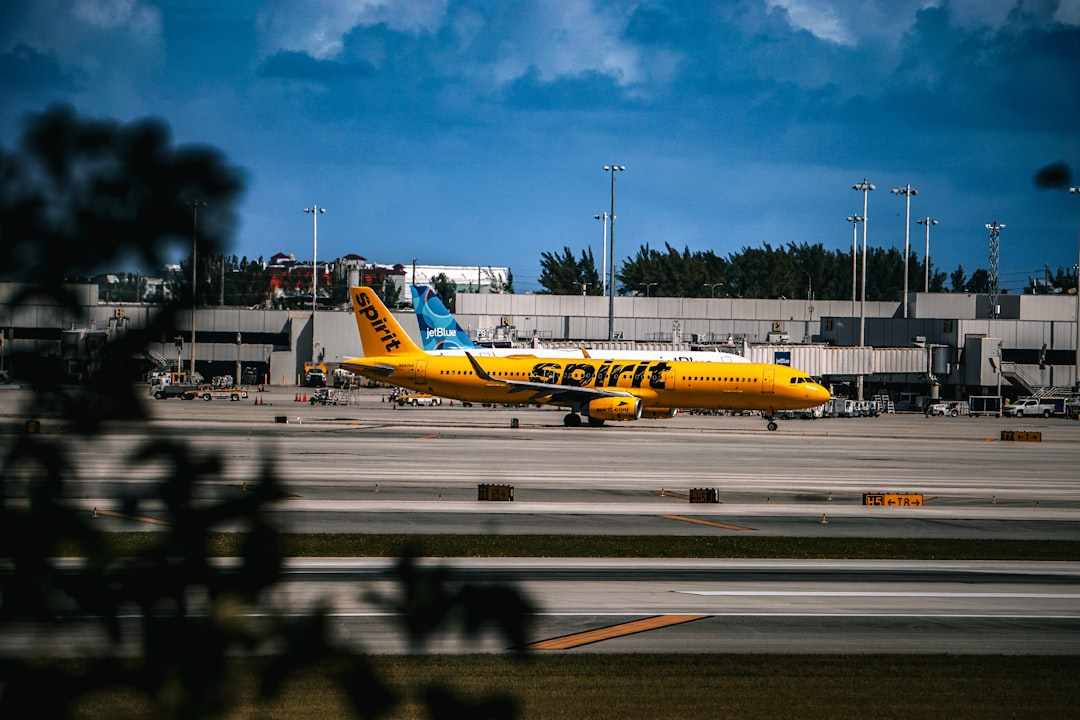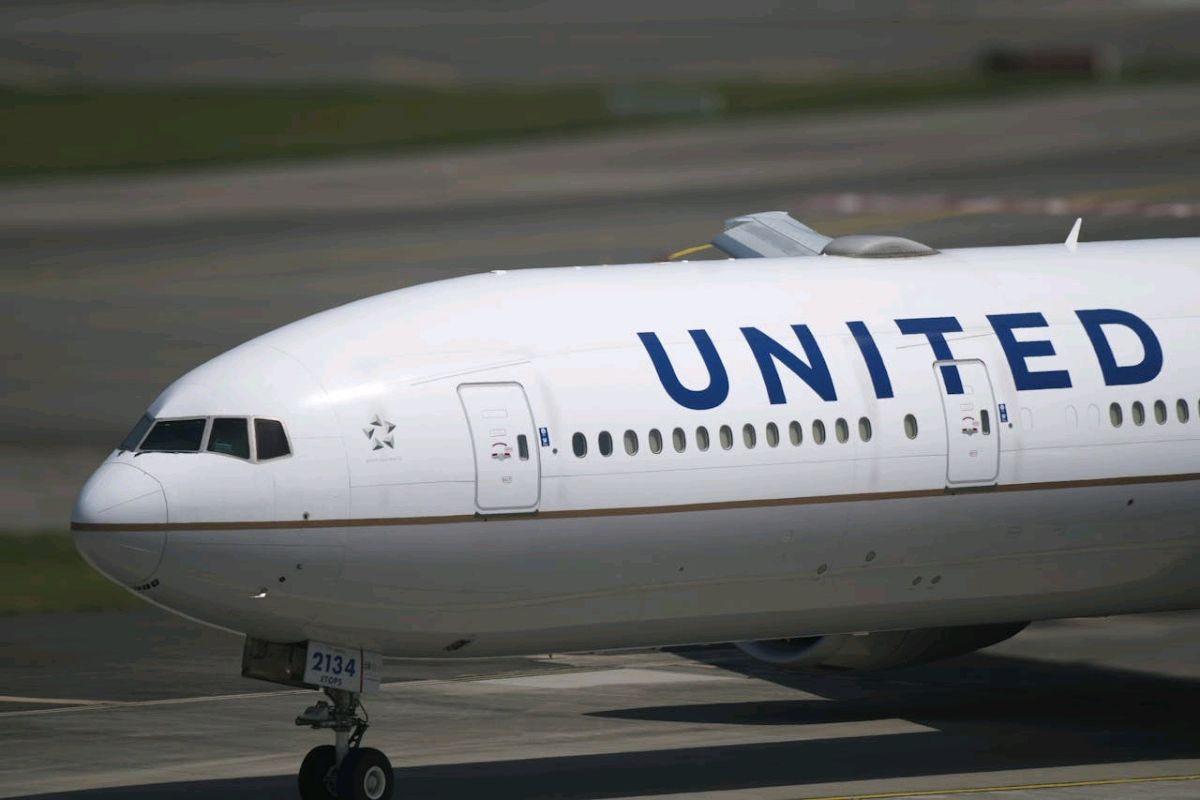(NEW YORK) Spirit Airlines has filed for Chapter 11 bankruptcy protection for the second time in less than a year, seeking court-approved breathing room while it attempts another turnaround of its budget business model. The company—parent Spirit Aviation Holdings, listed as NYSE American: FLYY—made its latest voluntary filing on August 29, 2025, in the U.S. Bankruptcy Court for the Southern District of New York.
Executives say flights will continue, tickets and credits will be honored, and loyalty points will remain active during the case. But as of September 2, 2025, the airline’s long-term survival is far from assured, with deep losses, rising debt, and mounting competitive pressure.

Operations, communications, and immediate practicalities
Management and court filings state Spirit will keep running day-to-day operations while it works with aircraft lessors, lenders, unions, and other stakeholders on a new plan to stabilize the airline.
The company has created a central information hub for customers, employees, and creditors at spiritrestructuring.com, and court filings are available through the claims agent at dm.epiq11.com/SpiritAirlines. A dedicated restructuring information line—(855) 952-6606 in the United States and +1 (971) 715-2831 from abroad—has also been set up to help people track developments.
Important reminders for travelers
– Flights continue and the airline is still selling tickets.
– Refunds, travel credits, and loyalty points will be honored according to company statements.
– Schedules can change during bankruptcy; passengers should confirm flight times 24 hours before departure and monitor email/app notifications.
– The U.S. Department of Transportation’s Aviation Consumer Protection office provides official guidance on refunds and airline insolvencies at the Aviation Consumer Protection site.
Financial backdrop and prior restructuring
Spirit’s second Chapter 11 comes only months after it exited its first bankruptcy, which began in November 2024 and concluded in March 2025. That prior case focused on trimming debt and raising capital, but the company says those steps were not enough to fix core problems in demand and cost structure.
Key financial figures and warnings
– Since early 2020, Spirit has lost more than $2.5 billion (company disclosures).
– As of the end of Q2 2025, Spirit reported negative free cash flow of $1 billion.
– The company carried $2.4 billion in long-term debt, mostly maturing in 2030.
– Industry analysts have warned there is “substantial doubt” the airline can make it through the next year without significant changes.
The stock is another sign of distress. Spirit expects to be delisted from the NYSE American, and shares are now trading over the counter. Company statements say common stock is expected to be canceled with no value at the end of the restructuring—reflecting Chapter 11 priority rules where secured lenders and creditors are paid ahead of equity holders.
What Chapter 11 means now — management’s plan and leadership
In court documents, management argues Chapter 11 will provide tools and time to reset the business: renegotiate aircraft leases, streamline the fleet, adjust the network to fit demand, and simplify operations.
CEO Dave Davis, who took the top job in April 2025, says the company is pursuing a comprehensive transformation that aligns schedules, staffing, and costs with the post-pandemic travel market. To keep leadership in place through the case, the board approved retention payments, including a $2.9 million bonus for Davis and more than $1 million each for several other top executives. Those payments, while typical in large restructurings, are drawing attention from workers facing cuts.
Travel impact — practical guidance for passengers
The immediate effects for travelers are limited but warrant caution. Spirit continues normal ticketing and refund processes, and it will honor travel credits and loyalty points for now. There is no court-ordered halt or broad cancellation at this time, but schedules can shift as fuel prices, demand, and cash needs evolve.
Recommended steps for travelers
1. Book with a credit card to preserve chargeback options if a refund stalls.
2. Avoid tight connections for trips tied to immigration appointments, school start dates, or court hearings.
3. Keep digital and paper copies of confirmations, especially for paid extras.
4. Monitor flight status via the airline app and email, and check the Spirit restructuring site for policy updates.
For travelers with time-sensitive appointments (visa interviews, biometrics, court dates), consider:
– Building longer layovers.
– Checking in early.
– Keeping receipts for extra costs if a delay forces an overnight stay.
– Buying a fully refundable fare or backup itinerary if the stakes justify it.
Effects on workers and unions
Spirit employs over 10,000 people across flight crews, ground staff, and headquarters. The company has notified employee groups of planned workforce actions:
- Furlough about 270 pilots starting October 1, 2025.
- Downgrade 140 captains to first officers starting November 1, 2025.
The Association of Flight Attendants has told members to “prepare for all possible scenarios.” These changes affect wages, seniority, medical coverage, and the ability to bid for preferred routes and schedules. Employees should:
– Track union updates.
– Review base transfer options.
– Verify benefit and medical coverage implications.
– Use Spirit’s information line—(855) 952-6606 and +1 (971) 715-2831—for supplemental information.
Advisers and legal strategy
Spirit’s advisory team for the restructuring includes:
– Davis Polk & Wardwell LLP — lead bankruptcy counsel
– Debevoise & Plimpton LLP — fleet counsel
– FTI Consulting — restructuring, fleet, communications
– PJT Partners — investment banker
Their mandate: press for lease relief, secure liquidity, and propose a confirmable plan. Typical first-day motions will seek permission to:
– Continue paying employees.
– Honor customer programs.
– Keep operations stable during negotiations.
If courts approve routine payments and operational continuity, Spirit can focus on lease talks, fleet choices, and potential asset sales.
Market dynamics and strategic pressures
Management pins the problems on adverse market conditions: softer domestic leisure demand on certain routes and intensified price competition from legacy carriers with broader networks.
Key strategic trade-offs
– Ultra-low-cost carriers depend on volume and tight cost control; when larger airlines match or undercut fares, margins shrink.
– Lease terms and fleet age matter: older aircraft can be cheaper to lease but costlier to operate; newer jets are fuel-efficient but more expensive to finance.
– In bankruptcy, carriers often seek to reject or modify aircraft leases to cut unit costs, accepting short-term disruption for long-term savings.
Analysts note the prior restructuring’s failure has shaken confidence. Spirit expects the process to run through at least the end of 2025, and quarters without visible wins (lease cuts, higher load factors, profitable routes) increase pressure.
Implications for travelers, workers, and investors
Travelers
– Don’t panic, but plan: flights generally continue, yet schedule changes can happen.
– Useful precautions:
– Use credit cards for bookings.
– Avoid tight connections for important appointments.
– Keep records and confirmations.
– Monitor the Spirit restructuring site and the DOT resource at Aviation Consumer Protection.
Workers
– Furloughs and downgrades can affect seniority and future bidding rights.
– Track union briefings, update résumés, and monitor internal postings.
Investors
– Debt holders stand ahead of equity; Spirit expects existing shares to be canceled with no value.
– The expected delisting from the NYSE American reinforces that outlook.
– Recovery for equity holders appears unlikely without a major new capital injection.
For communities and lower-income travelers
– Ultra-low fares matter for immigrant families, international students, and budget-conscious households.
– Reduced service could mean fewer sub-$50 or sub-$100 options, longer drives to alternate airports, or higher fares on peak days.
– For time-sensitive travel, consider flying a day earlier and keeping documentation of extra costs.
Court process and what to watch
In the opening weeks, Spirit will file “first-day” motions to stabilize operations and outline debtor-in-possession financing or other liquidity measures. Success depends on convincing lenders, lessors, unions, and the court that:
– A realistic network and cost structure can deliver sustainable cash flow.
– Lease adjustments will reduce unit costs sufficiently to allow low fares where demand supports them.
Primary focus areas
– Which aircraft to keep and which leases to renegotiate or reject.
– Maintenance and staffing plans that match a leaner network.
– Financing arrangements to fund operations through restructuring.
“Reset” is the management framing: combine network redesign with lease relief to shrink costs fast enough to match revenue trends. Retention bonuses are controversial but intended to keep leadership in place through the process.
Timeline and next steps (quick summary)
- Filing date: August 29, 2025; venue: U.S. Bankruptcy Court for the Southern District of New York.
- Operations: Flights, ticket sales, employee and contractor pay continue during the case.
- Stock: Expected delisting from NYSE American; common shares likely canceled with no value after the plan.
- Workforce: Planned furlough of about 270 pilots from October 1, 2025; 140 captains downgraded to first officers from November 1, 2025.
- Debt profile: About $2.4 billion in long-term debt, maturing mostly in 2030.
- Cash burn: About -$1 billion in free cash flow as of Q2 2025.
- Advisors: Davis Polk & Wardwell LLP, Debevoise & Plimpton LLP, FTI Consulting, PJT Partners.
Practical takeaways and advice
- Customers: Continue booking if the fare and schedule suit your needs, but build in contingency time for critical trips and keep records of all transactions and communications.
- Employees: Stay close to union briefings and company postings, keep résumés updated, and prepare for potential base and schedule changes.
- Investors: Treat the company’s warning seriously—equity recovery is not expected under the current plan.
The coming months will test whether a second restructuring can do what the first did not: cut costs enough, focus the network wisely, and steady the airline’s finances. If Spirit succeeds, passengers could see a leaner, more reliable operation that preserves low fares where demand supports them. If it falters, routes may shift to competitors and some corridors could lose a price leader.
For ongoing, official updates: consult spiritrestructuring.com, legal documents at dm.epiq11.com/SpiritAirlines, and the restructuring information line—(855) 952-6606 (U.S.) / +1 (971) 715-2831 (international).
This Article in a Nutshell
Spirit Airlines filed for Chapter 11 on August 29, 2025, marking its second bankruptcy in less than a year. The carrier will continue normal operations while seeking lease relief, liquidity solutions, and a redesigned network to address structural deficits. Key financial stressors include more than $2.5 billion in cumulative losses since 2020, negative free cash flow of $1 billion at Q2 2025, and roughly $2.4 billion in long-term debt mostly maturing in 2030. Management says tickets, refunds, credits, and loyalty points will be honored; the company expects delisting and anticipates common shares will be canceled with no value. Leadership retention payments and planned workforce actions—about 270 pilot furloughs and downgrades for 140 captains—underscore internal strain. Major advisers include Davis Polk, Debevoise, FTI, and PJT. Travelers should confirm flights, use credit cards for purchases, avoid tight connections for critical travel, and monitor spiritrestructuring.com and official court filings for updates. The outcome depends on lease negotiations, cost cuts, and whether the reorganization can restore sustainable cash flow by late 2025.













